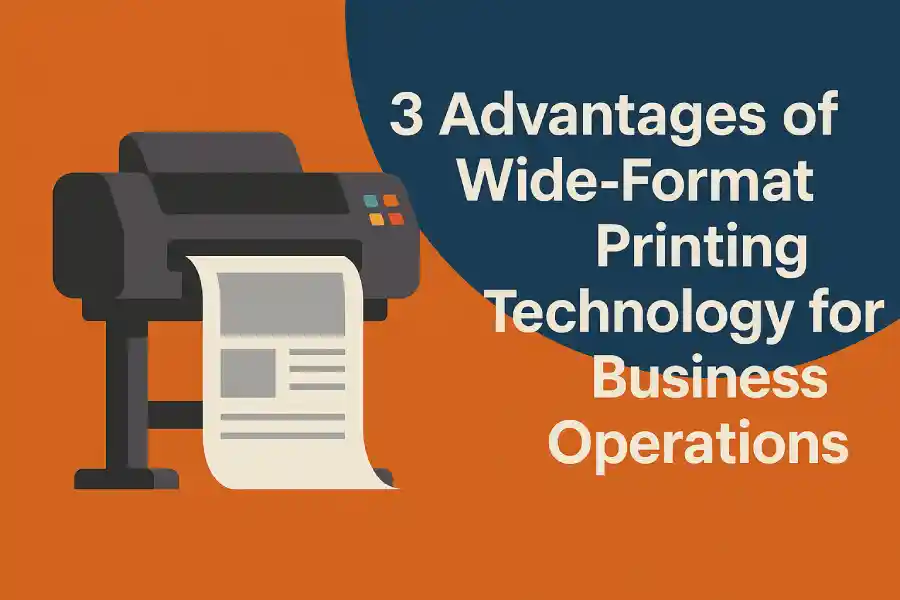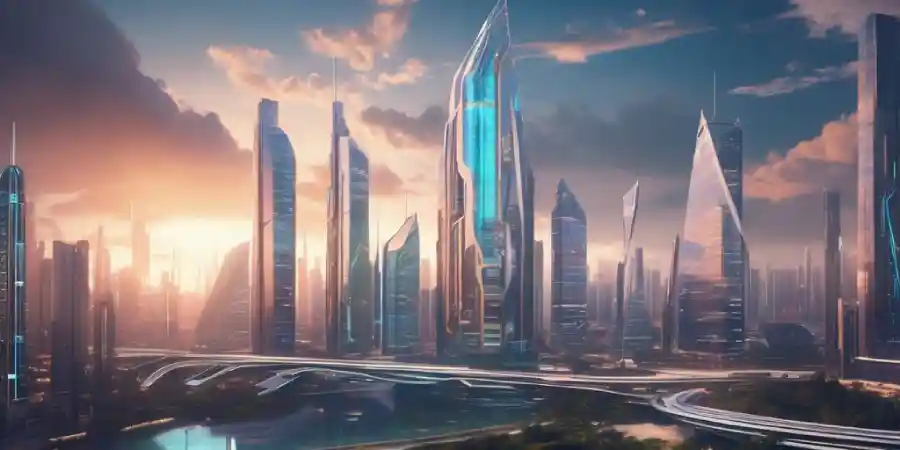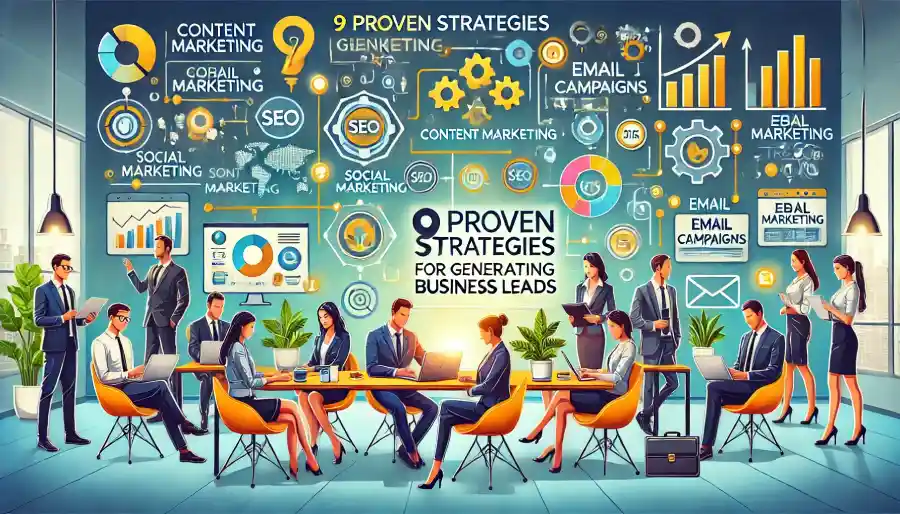
The visual communication landscape continues to evolve rapidly, creating both challenges and opportunities for organizations seeking competitive differentiation in increasingly crowded marketplaces. As consumer attention spans decrease and visual literacy increases, businesses face mounting pressure to create more compelling, impactful visual assets across multiple touchpoints. Large format printers have transformed from specialized equipment into strategic business assets that directly impact market positioning, operational efficiency, and customer engagement capabilities. Forward-thinking organizations increasingly leverage these technologies not merely as output devices but as versatile production platforms that enable expanded service offerings, accelerated production timelines, and enhanced visual communication effectiveness across numerous business applications.
In-House Production Control and Accelerated Turnaround Capabilities
The transition from outsourced printing to in-house production represents perhaps the most immediate and quantifiable benefit businesses experience after implementing wide-format printing technology.
I recently analyzed the production workflow for a mid-sized architectural firm that previously relied on external vendors for client presentation materials. Their typical turnaround for project boards averaged 4-6 business days, creating substantial workflow bottlenecks and limiting revision capabilities during critical client meetings. After implementing a 44-inch wide-format printing system, they reduced typical production time to under 3 hours while simultaneously cutting per-board costs by approximately 67% compared to outsourced alternatives.
This acceleration delivers particularly significant advantages during deadline-intensive projects or when unexpected client revisions arise. One retail design firm reported completing a comprehensive store redesign proposal—including 14 large-format visualization boards—in just 27 hours from concept approval to client presentation, a timeline that would have been impossible under their previous outsourced model. This capability effectively extended their available production time by nearly two full business days, allowing for more comprehensive design development and quality control processes.
The control benefits extend beyond simple turnaround improvements. Organizations gain newfound ability to manage quality parameters directly, ensure color accuracy across multiple components, and maintain complete confidentiality for sensitive projects that previously required external production. This control proves especially valuable for businesses operating in highly competitive sectors where visual presentation quality directly influences purchasing decisions and contract awards.
Enhanced Versatility and Application Flexibility
Modern wide-format printing systems demonstrate remarkable adaptability across diverse business applications, enabling organizations to leverage a single technology platform across multiple operational requirements.
The application versatility becomes immediately apparent when examining implementation patterns across different industry sectors. Architectural firms typically begin utilizing their equipment for client presentations and site plans, but quickly expand to producing wayfinding signage, environmental graphics, and construction documentation. Retail operations similarly evolve from basic promotional signage to producing complete in-store visual merchandising systems, product display graphics, and seasonal decorative elements.
This versatility stems from significant technological advancements in both imaging systems and media compatibility. Current-generation printers support an extraordinarily diverse substrate range—from traditional papers and films to specialized materials including textiles, magnetic media, adhesive-backed vinyls, and even rigid materials up to 2.0mm thickness in some models. One manufacturing client expanded their system utilization from occasional technical drawings to producing equipment identification labels, safety signage, training materials, and even prototype packaging concepts—all from a single production platform.
The economic implications of this versatility prove substantial when analyzed comprehensively. Organizations typically identify 3-5 additional application categories beyond their initial implementation purpose within the first year of operation. Each application category shifted to in-house production generally yields 40-65% cost reductions compared to outsourced alternatives, substantially accelerating return on investment timelines.
Dramatic Quality Improvement and Brand Consistency Enhancement
Perhaps the most significant yet difficult-to-quantify benefit involves the substantial quality improvements organizations experience when controlling their large-format visual communications directly.
The technical specifications of modern wide-format systems deliver remarkable reproduction capabilities that significantly exceed typical commercial printing parameters. Current generation equipment routinely delivers 2400×1200 dpi resolution with 12-color ink systems capable of reproducing approximately 98% of the Pantone color gamut—specifications that enable exceptionally precise brand color matching and remarkable image detail reproduction. These capabilities prove particularly valuable for businesses whose visual assets directly influence purchasing decisions or represent critical communication elements.
This quality advantage extends beyond simple color accuracy. Control over production timing enables last-minute content updates that would be impossible with outsourced workflows, ensuring information accuracy and eliminating potentially costly errors in customer-facing materials. The ability to produce exact replacements on demand also enhances visual consistency across multiple locations, eliminating the subtle variations that typically occur when ordering replacement graphics through different vendors or production runs.



